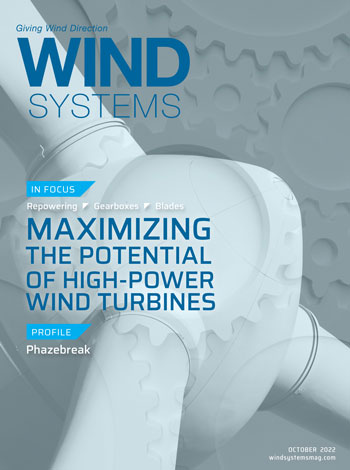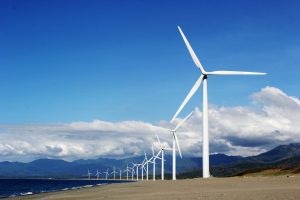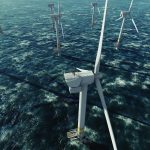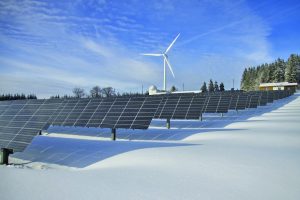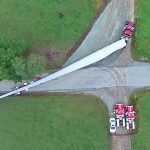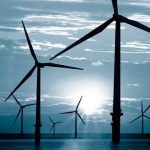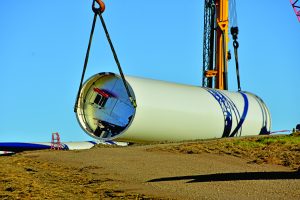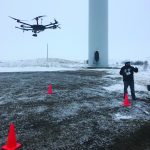Offshore wind, now globally recognized as a proven and reliable source of renewable energy, is likely to maintain a high growth rate in the coming decades. This is according to the Ocean Renewable Energy Action Coalition, who says that by 2050, 1,400 GW of offshore wind could power one-tenth of global electricity demand. An integral part of this growth is the upward power rating of wind turbines; ABB forecasts them to reach an individual capacity of up to 20 MW within the next five years.
As the demand for offshore wind energy grows, it will be vital to deliver the very best infrastructure and technology at scale — but this is easier said than done, especially if demand outstrips production capacity. Achieving the desired return on investment from offshore wind farms requires faster installation and commissioning times, faster payback times, and comprehensive wind location studies. Shrinking government subsidies are adding to the pressure to reduce costs.
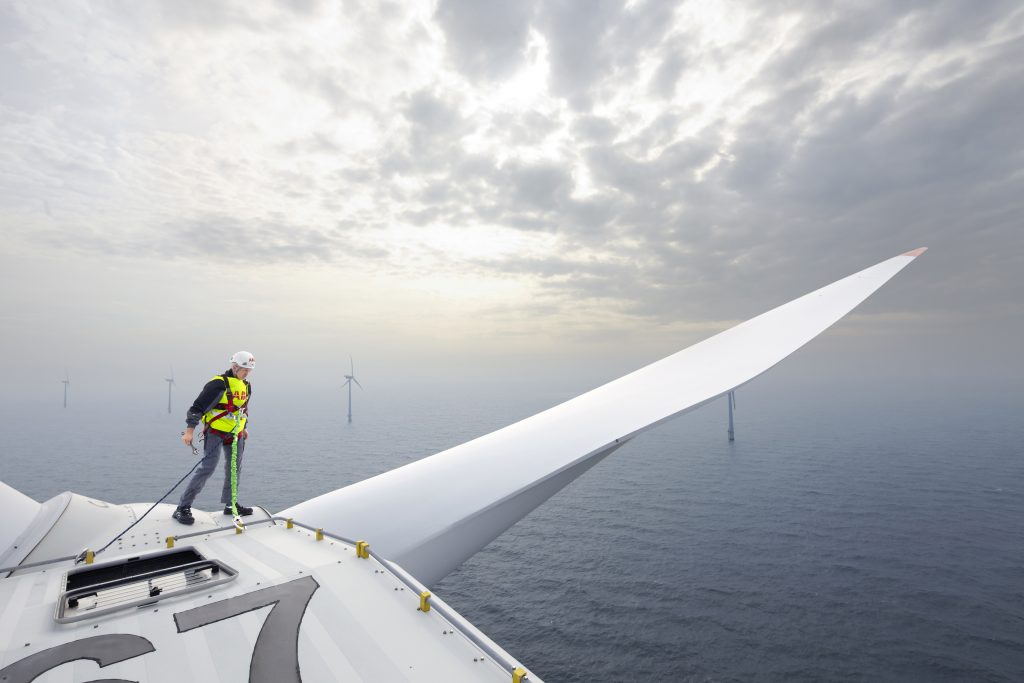
Therefore, to produce power more cost-efficiently, wind-farm owners and turbine manufacturers need to find sustainable solutions to accommodate the needs of high-power wind turbines. This particularly relates to performance, reliability, and energy efficiency. Operators must also meet regional grid code specifications and avoid costly retrofits to newly installed turbines in response to grid code changes. These challenges make it necessary to reliably test the impact of wind-power equipment on the grid under simulated conditions.
Three principal factors play a key role in maximizing the potential of high-power wind turbines:
Wind Turbine Converters
While grid codes vary between countries, they are all becoming more demanding. Wind-turbine converters play a prominent role in helping wind turbines meet these grid code requirements. The converter is designed for high efficiency and is a vital part of the electrical drivetrain. It helps a turbine to produce more power more economically. A converter’s technology can also assist turbine manufacturers with obtaining the necessary operational certification.
Selecting the right converter, either low (LV) or medium voltage (MV), is critical to achieving the maximum return on investment. In industrial power applications, it is well known that LV is most cost-efficient at low power levels, while MV is superior at high power levels. The same applies in the case of wind turbines.
Still, the choice of LV or MV converters isn’t always that simple — it depends on the specific requirements. The best choice involves considering various factors, such as the size of the turbine, power requirements, and whether it’s onshore or offshore. ABB offers both LV and MV power ratings as viable options in offshore wind applications, depending on the particular circumstances. If a wind-turbine platform is already using LV converters successfully, there is a tendency not to change them. However, as new wind-turbine platforms become bigger and more powerful, there are arguments for the transition to MV converters.
Incidentally, the maximum voltage of the latest LV converters is on the rise — from 690V to 990V. However, MV converters could offer a more cost-effective option as power increases. This results in a bigger overlap for applications between 6 to 12 MW as both options can be cost-competitive, depending on the turbine model in question. However, at 12 MW and higher, the benefits of a higher voltage converter become more prominent.
There are also material costs for cabling, the logistics, and labor to consider — it is much easier and potentially more cost-effective to install an MV converter than a LV converter and cabling for higher currents. Furthermore, since MV converters require fewer components, they have a smaller footprint, lower weight, and reduce potential points of failure, ensuring high availability.
The increasing power rating of wind turbines is driving a trend toward MV converters that can deliver the improvements in performance, reliability, and levelized cost of energy (LCOE) demanded by high-power offshore wind turbines. Due to these power rating advancements, LCOE is declining substantially, making wind turbines even more cost-efficient. Other contributing factors to lower LCOE are scale and volume, as well as finance costs.
A medium voltage converter for a 15 MW offshore wind turbine can have a footprint of just eight square meters and weigh less than 10 tons. Such a converter is based on the known, simple, and reliable three-level neutral point clamped (NPC) converter topology in combination with integrated gate-commutated thyristor (IGCT) technology. A converter for a 15 to 20 MW wind turbine is equipped with only 52 IGCTs.
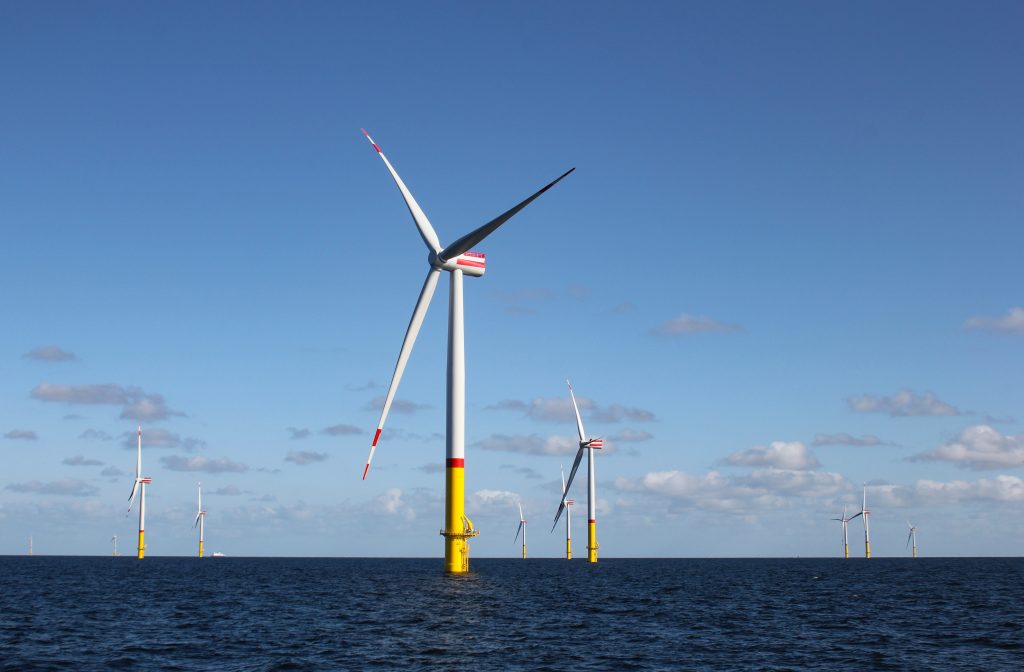
Thanks to the low number of power components and the robustness of the IGCT technology, the converter has outstanding reliability. IGCT field return analysis shows a continuously improving device failure rate over time.
Medium voltage converters are already being used in major wind-energy projects. For instance, ABB is delivering 95 MV converters to GE Renewable Energy for installation at the UK’s Dogger Bank Wind Farm. The converters will be fitted to GE’s Haliade-X 13 MW wind turbines. They will play a vital role in taking power produced by the turbines and converting it to the right voltage and frequency for the wind farm grid.
The ABB converters are specifically designed for larger turbines and rated to handle the high-power output. With the GE Haliade-X wind turbine specifically, one rotation of each 220-meter diameter rotor generates enough electricity to last a UK household two days.
Importance of Mobile Grid Simulation
Future turbine sizes, especially offshore, demand an output higher than 15 MW. However, current test facilities and procedures cannot test wind-energy equipment rated at this capacity. As a result, Germany’s Fraunhofer Institute for Wind Energy Systems (IWES) is developing a mobile grid simulator capable of such tests. It will use ABB’s Power Electronics Grid Simulator (PEGS) technology to create an artificial power grid on site.
The simulator will allow the testing and optimization of the grid compatibility of very large wind turbines with an output of up to 20 MW. This means entire wind farms and strings can be assessed. It has the flexibility to be applied in the field or on test benches to simulate dynamic, steady-state, and fault grid conditions. These extensive testing capabilities will also determine the energy efficiency of this equipment — a critical requirement in the drive toward a low-carbon society — and validate compliance with all standards. Its flexible and modular structure allows for almost unlimited configuration potential.
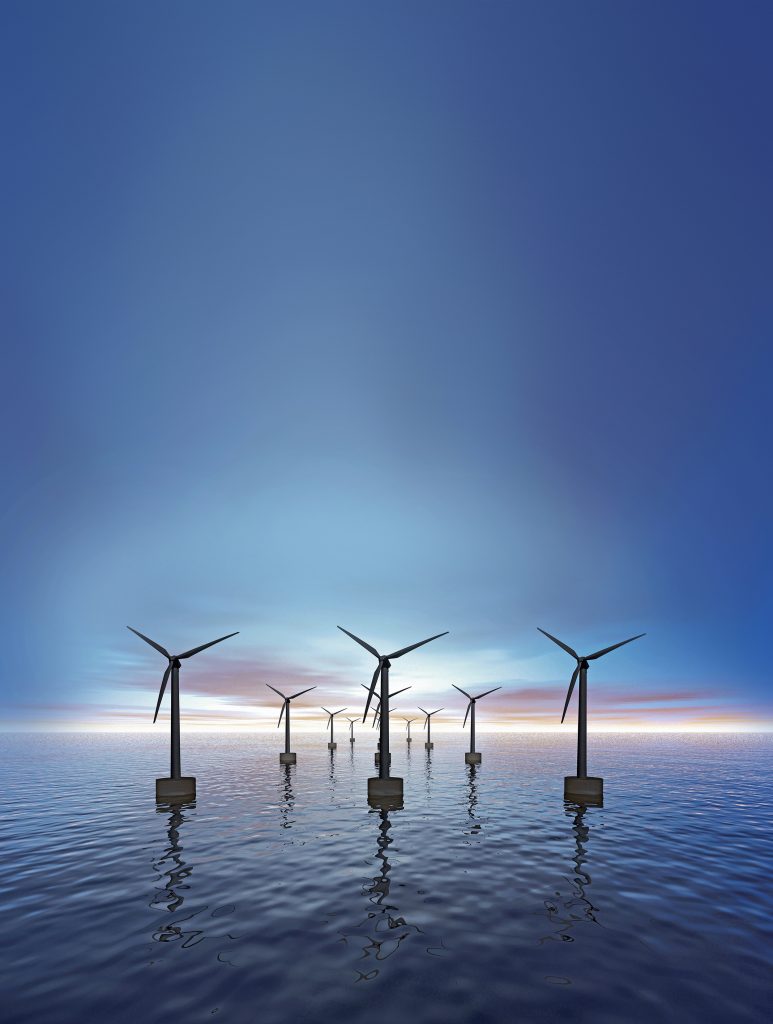
Due to commence operation in 2023, the mobile simulator is the largest in the world, with a power rating of up to 28 megavolt ampere (MVA) and a short time capability of 80 MVA. For additional flexibility, it will also be able to operate as two independent units of 14 MVA. In addition to its practical testing application, it will play an essential role in research and development, particularly for various “grid-of-the-future” scenarios.
Digital Solutions
Wind turbines need to be able to produce as much electricity as possible during their lifetime of 20-plus years. Therefore, preventive and condition-based maintenance is critical to ensure optimal asset performance and an increased overall lifetime.
Data-driven digital solutions allow wind-turbine operators to perform remote diagnostics, analyze energy usage, and predict failures over time. This ensures optimal performance at all times. Sensors installed in the converters can monitor asset condition and energy usage. This brings added safety and saves time since operators don’t have to physically be on site.
As its logical conclusion, digital technology is enabling the creation of digital twins of wind-turbine systems that enable their operation to be simulated under a variety of different conditions. Connection to the industrial internet of things (IIoT) will also enable software to be updated remotely to offer new functionality.
The Future of Offshore
Offshore wind power offers tremendous potential since there’s no limit on the power rating of wind turbines from an electrical perspective. However, there are limits on a turbine’s size, weight, and rotation speed. That’s why rigorous investment and innovation are under way to make offshore wind turbines larger and therefore more powerful, while still keeping the overall structure as light and strong as possible.
There’s no doubt that high-power wind turbines are here to stay. What is certain is that MV converter technology will play a key role as wind-turbine power increases.
















